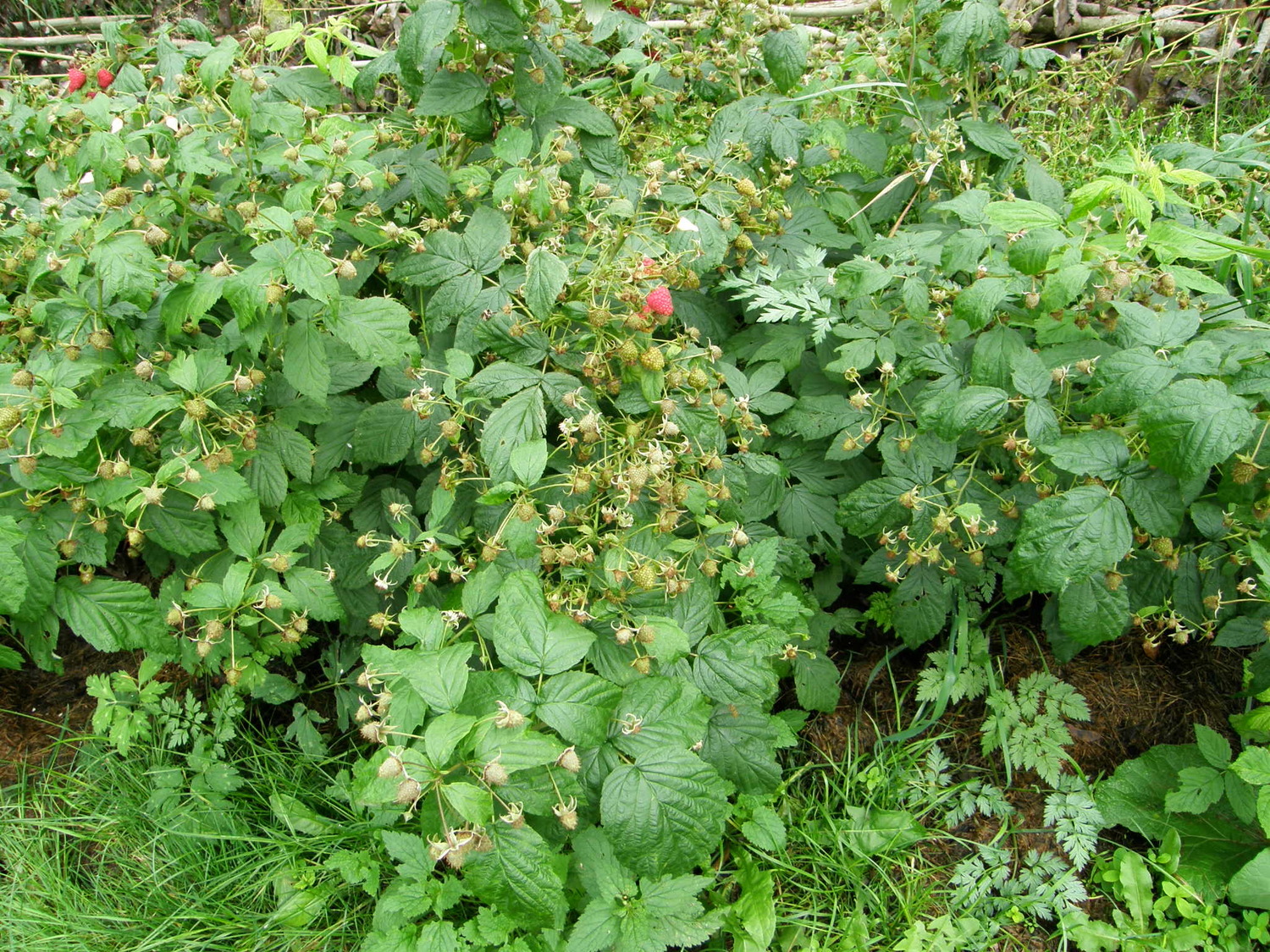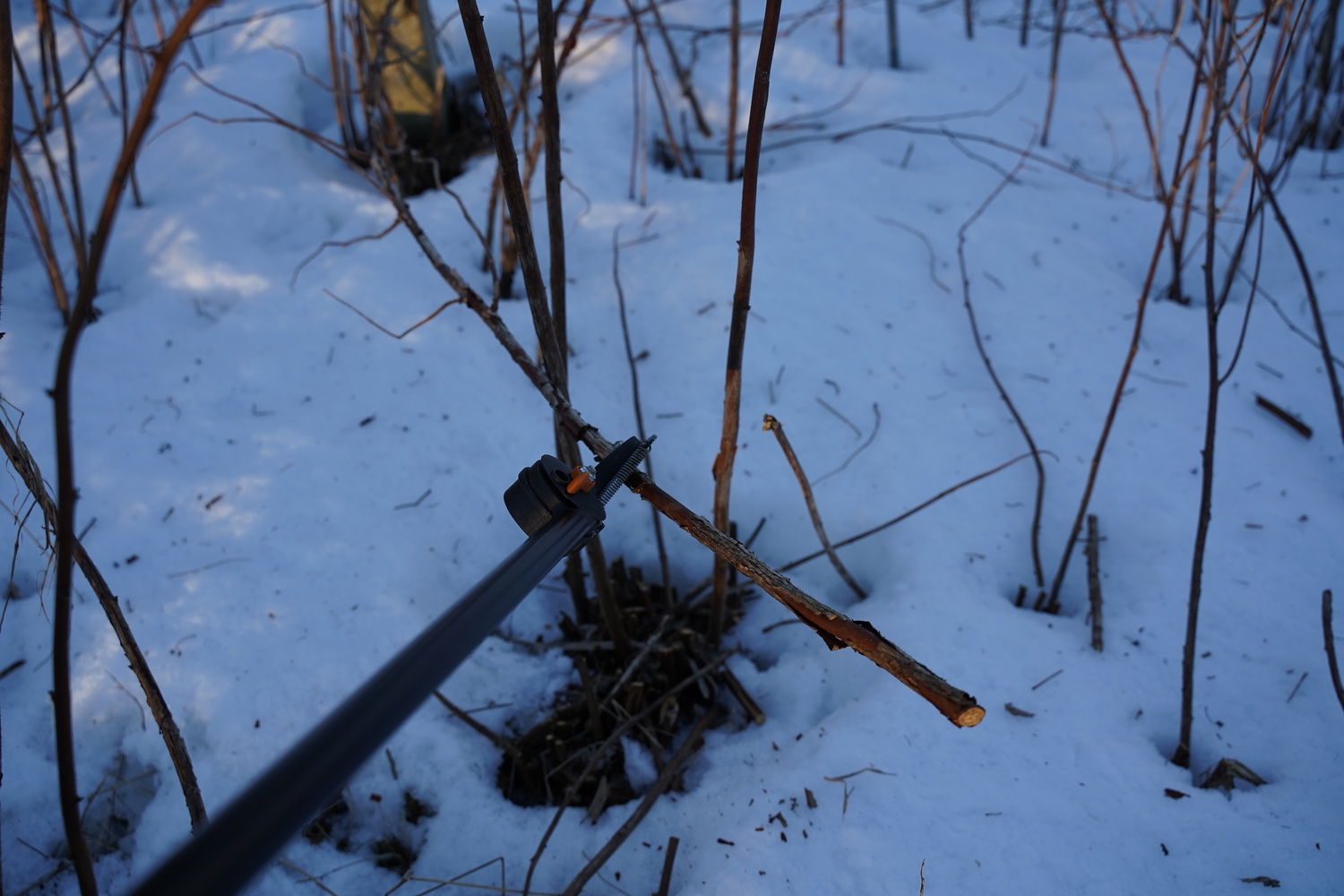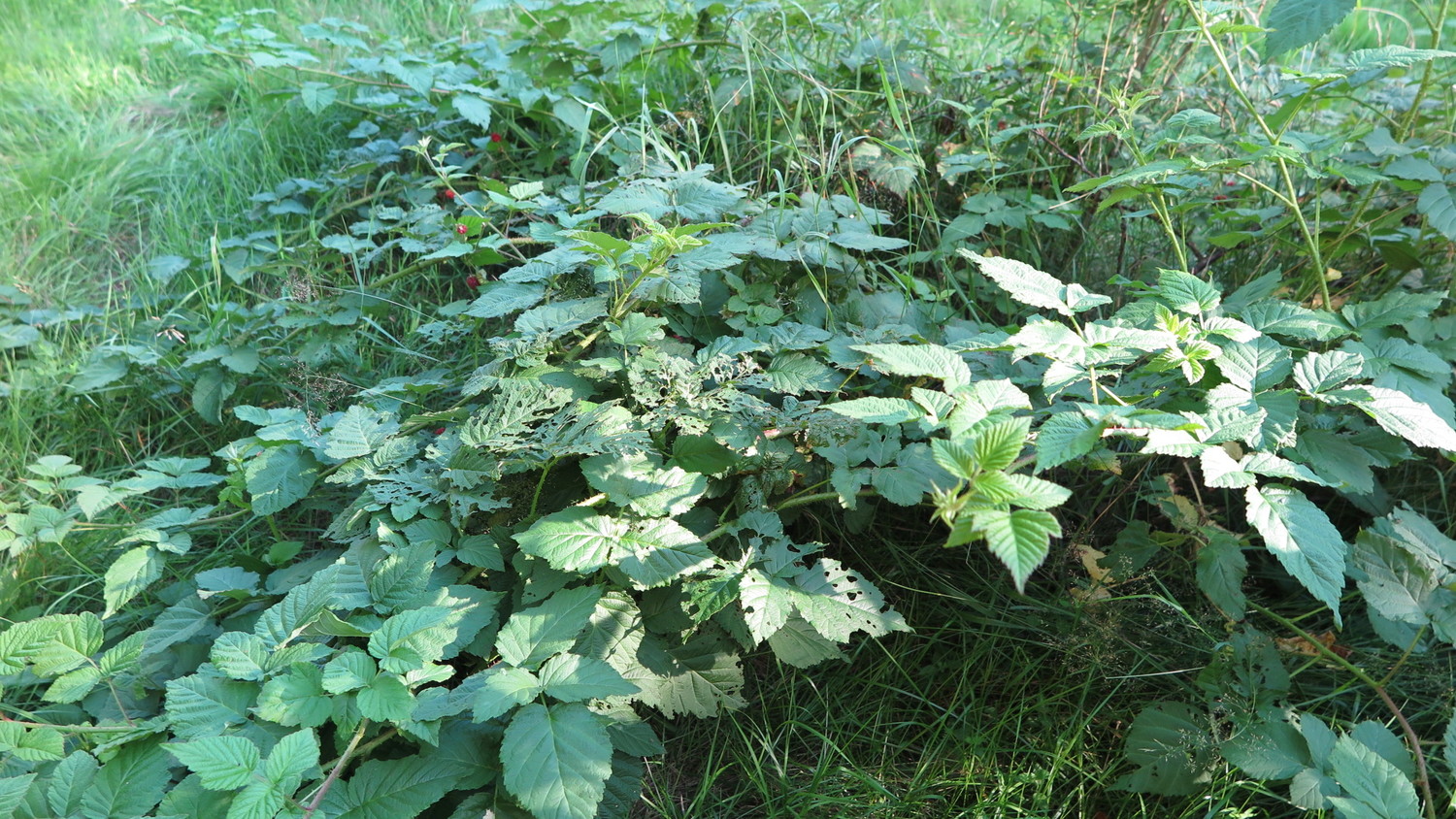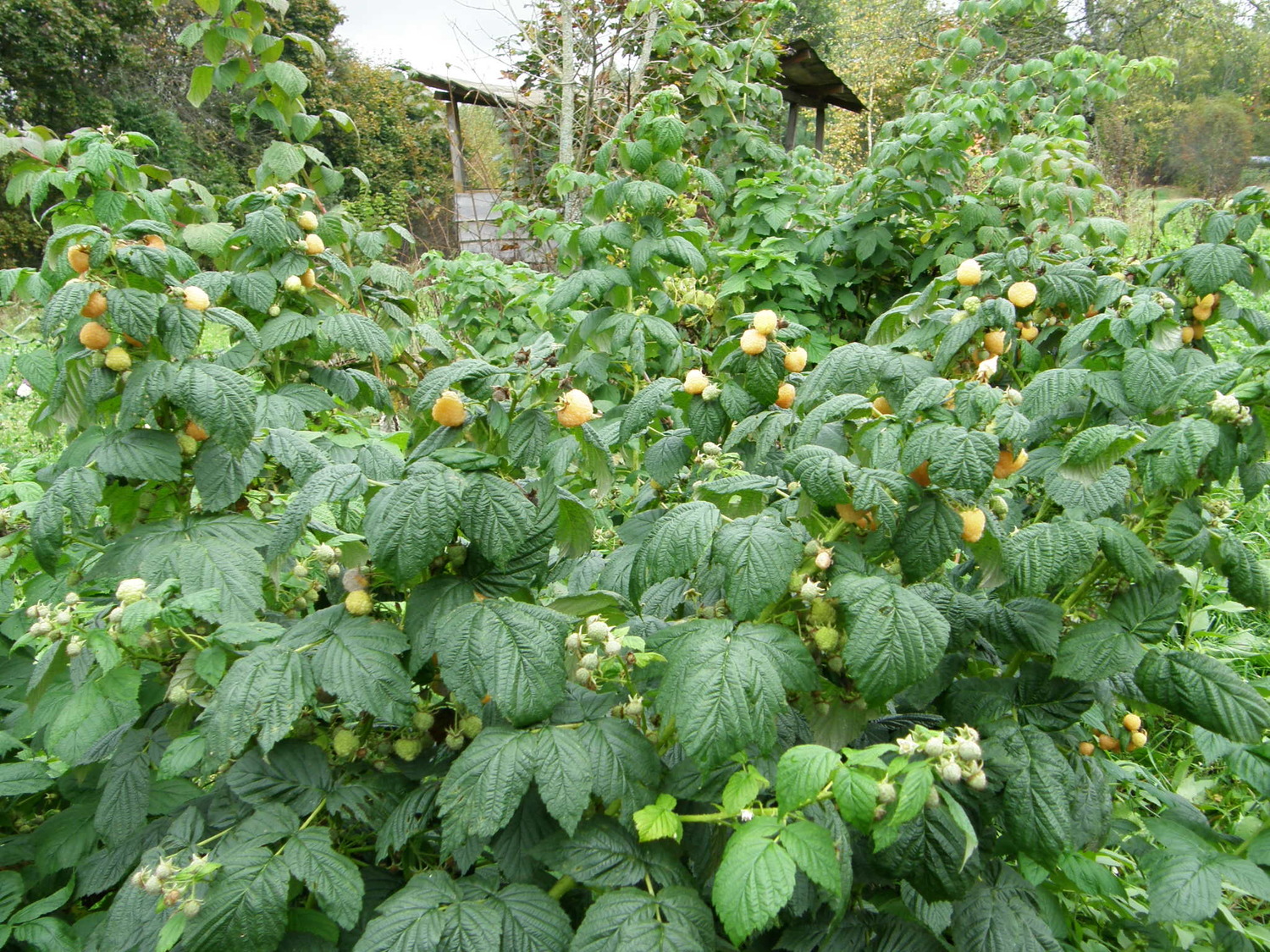Table of Contents
Raspberry Planting Time
Raspberries are commonly planted in both spring and autumn. Spring planting usually takes place in April, using seedlings with a soil clump on their roots. If spring arrives late, planting is sometimes postponed until early May.
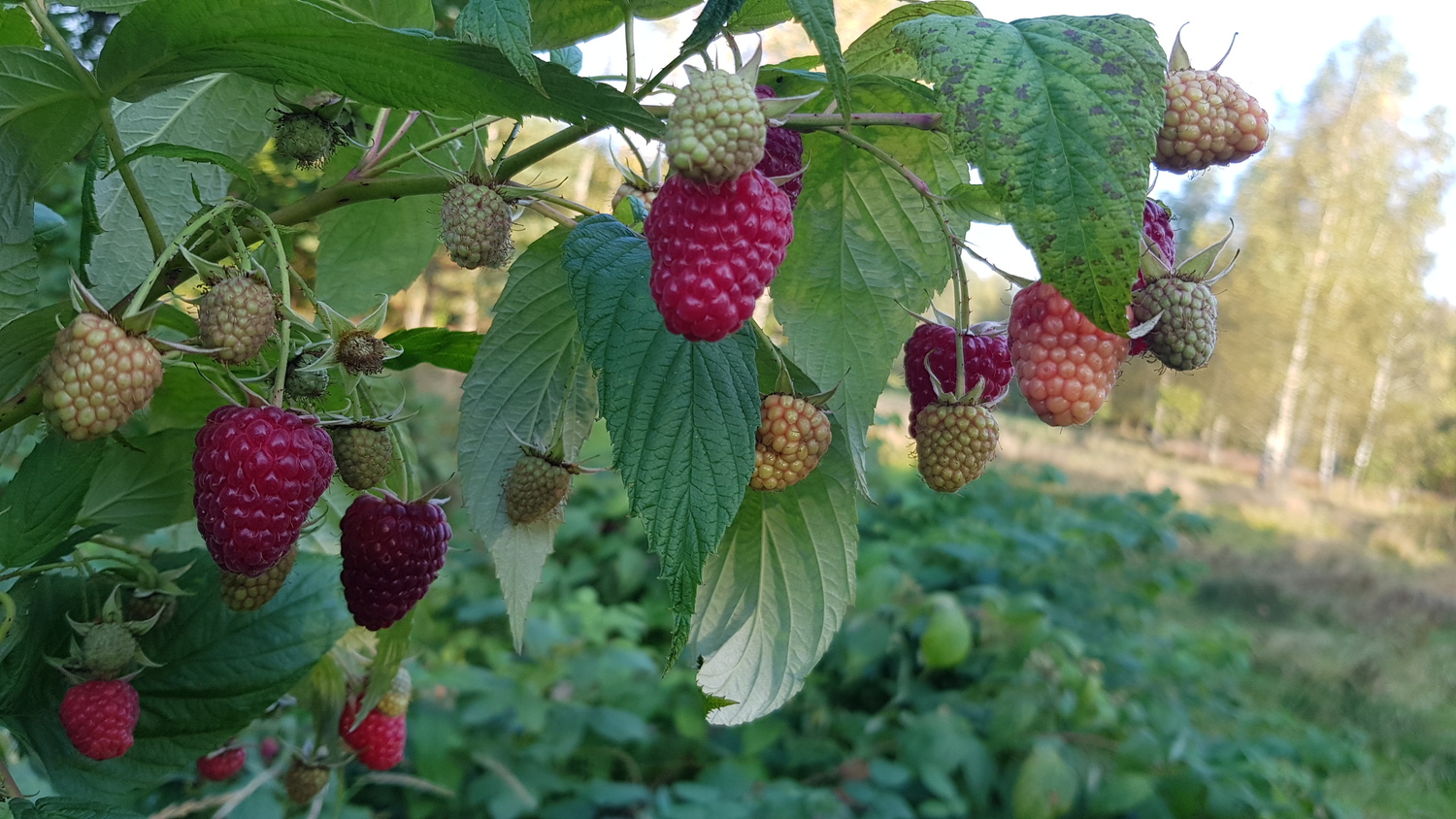
Autumn raspberry planting usually takes place around October 15. Finish before the first frost hits; otherwise, raspberries planted in October may fail to take root properly as winter approaches.
The Kind of Soil Raspberries Like
Raspberries prefer loam or sandy loam soil with slightly acidic to neutral pH (ideally 5.5–6) and good water permeability. Constantly wet soil, clay, and pure sand are not suitable. High soil acidity is not acceptable for raspberries. The groundwater level should be lower than 1.5 meters.
Raspberries like to grow in sunny, sheltered spots, preferably on the southern side of the plot. Growth problems may occur in low-lying areas, depressions, constant shade, damp or marshy parts of the plot, and windy locations. Crop rotation principles advise against planting raspberries after strawberries, potatoes, or tomatoes.
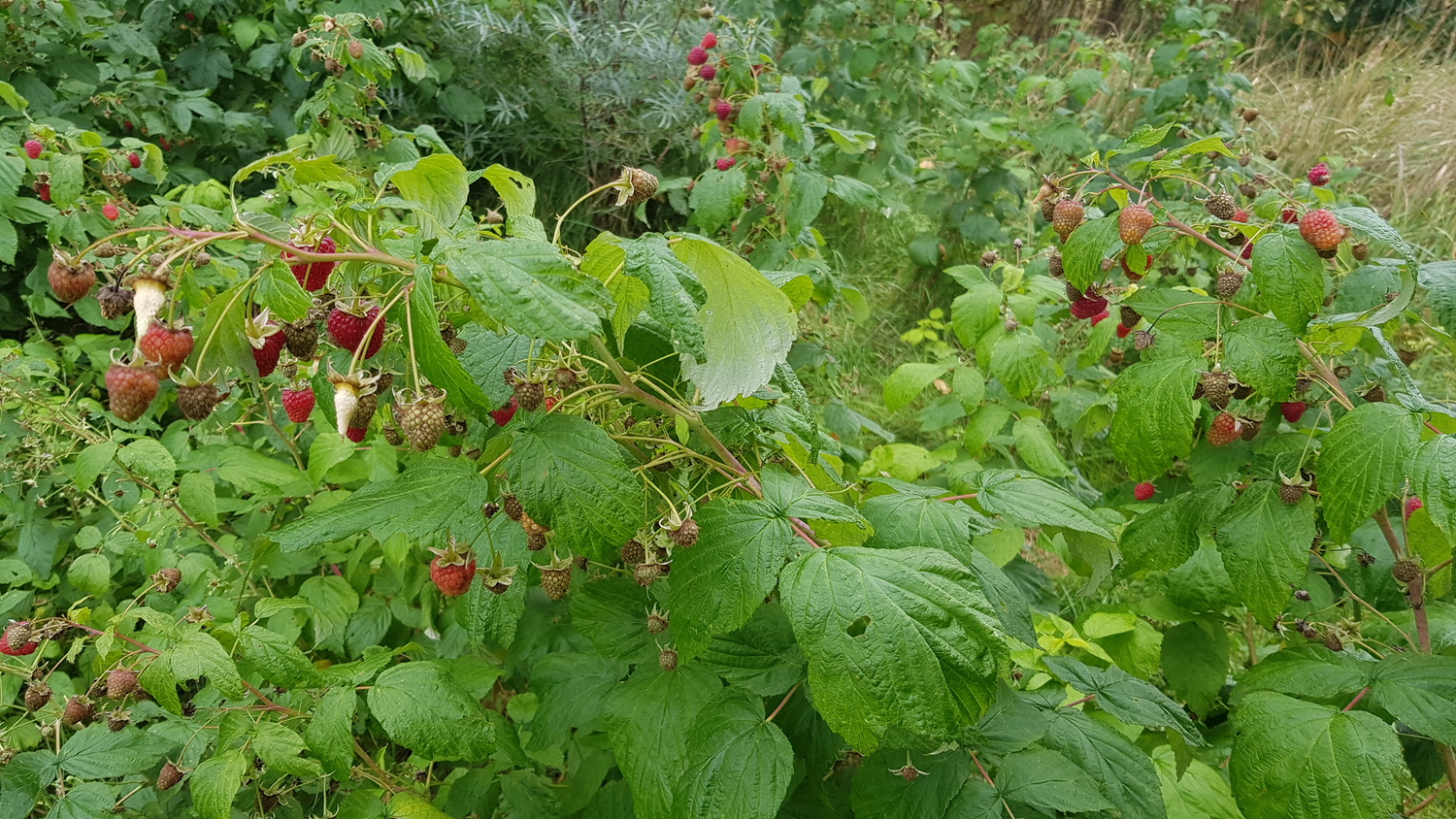
Raspberries Thrive in Sunlight
Raspberries grow well next to currants, plums, apple and pear trees, roses, cucumbers, and garlic. However, they are negatively affected by the proximity of blueberries, wild strawberries, strawberries, cherries, and potatoes.
Soil and Raspberry Seedling Preparation for Planting
During seedling selection, preference should be given to raspberry seedlings with fairly dense roots. Roots can be trimmed to 10 cm, and damaged or unhealthy root parts should be cut off, if necessary. The seedling itself should not exceed 20-25 cm in height.
Before planting, it is recommended to soak the seedling roots in water for a couple of hours (planting with dry roots is not advisable).
Before planting, it is very beneficial to soak the seedling roots in a disinfecting Copper Sulfate solution. It is important not to overdo the concentration to avoid burning the seedling roots. For raspberries, a 1% Copper Sulfate solution is prepared, following strict proportions – 100 g per 10 liters of water.
Raspberries are traditionally planted in specially dug holes. The recommended hole configuration is a diameter of 40 cm and a depth of 40 cm. A minimum distance of half a meter must be maintained between each hole.
If planting multiple rows of raspberries, it is advisable to leave 2-2.5 meters of free space between them to avoid overcrowding, which could result in shading, insufficient light, and poor ventilation. To protect raspberries from weeds, the inside of the holes can be isolated with a geotextile layer.
Before planting, the hole is filled with a fertiliser mixture made from fertile soil and organic/mineral materials. For example, 1 bucket of compost is mixed with 20 g of potassium sulfate, 30 g of superphosphate, and a glass of wood ash. The mixture is then placed in the hole (but not to the top) and watered with 1 bucket of water.
Planting Raspberries
Once the water has been absorbed into the mixture in the hole, raspberry seedlings can be planted, ensuring their roots are sufficiently moist.
The seedling roots must be spread out freely, avoiding any bending or entangling with each other.
Afterward, the seedling roots can be covered with soil, making sure there are no gaps left between the roots. The raspberry root collar should not be buried under the soil – in most cases, it should remain a couple of centimeters above the soil surface. The soil should be gently tamped down and watered (10 liters), and mulch will help prevent moisture evaporation.
Outdoors, raspberries may face negative environmental factors such as night frosts, hail, drought, and midsummer heat.
Raspberry Care
Raspberry Fertilisation
The effect of the fertile mixture of nutrients added to the planting hole during the planting stage is sufficient for the first growing year. Raspberries are fertilised during the second and third growing seasons (summer) with 50 g/m² of nitrogen, 60 g/m² of phosphorus, and 40 g/m² of potassium. Organic fertilisers include cow manure diluted in a 1:10 ratio or 0.5-1 bucket of compost. However, in the fourth season, raspberries require a one-third higher mineral dosage – 60-70 g/m² of nitrogen, 70-90 g/m² of phosphorus, and 50-60 g/m² of potassium fertilisers.
Raspberry Irrigation
Drought has a nearly devastating effect on raspberries, and prolonged rainfall causes just as much harm. In terms of moisture, raspberries prefer a balance. The traditional amount of water for raspberries in gardening is 10-15 liters per plant in summer and 7-10 liters in autumn until the first frost arrives.
When to Water Raspberries
The first watering is done in May when raspberry buds grow at full capacity, with 20 litres per square meter. Subsequent waterings occur in June and July, providing 40 litres per square meter every 15 days. If August is particularly dry, watering can be done again, but during rainy periods, watering at the end of summer is not necessary. The most beneficial watering effect occurs when water is poured in a 30-50 cm radius around the raspberry bush, but not directly on the plant. Mulching is also essential.
Raspberry Pruning
Pruning depends on the type of raspberry – whether it is remontant (fruiting in summer and autumn) or summer-bearing. Remontant raspberries can be pruned after each harvest, typically in late autumn or early winter. The growing season must have fully ended, and the maximum amount of nutrients from the leaves and stems must have migrated into the roots.
Summer-bearing raspberries can also be pruned after harvest. At that time, root suckers, unreliable, dried canes, and those that have fruited should be cut back to the ground. The one-year-old canes are not touched – they should be spaced out to allow for better air circulation. Around 6-8 of the one-year-old canes should be left.
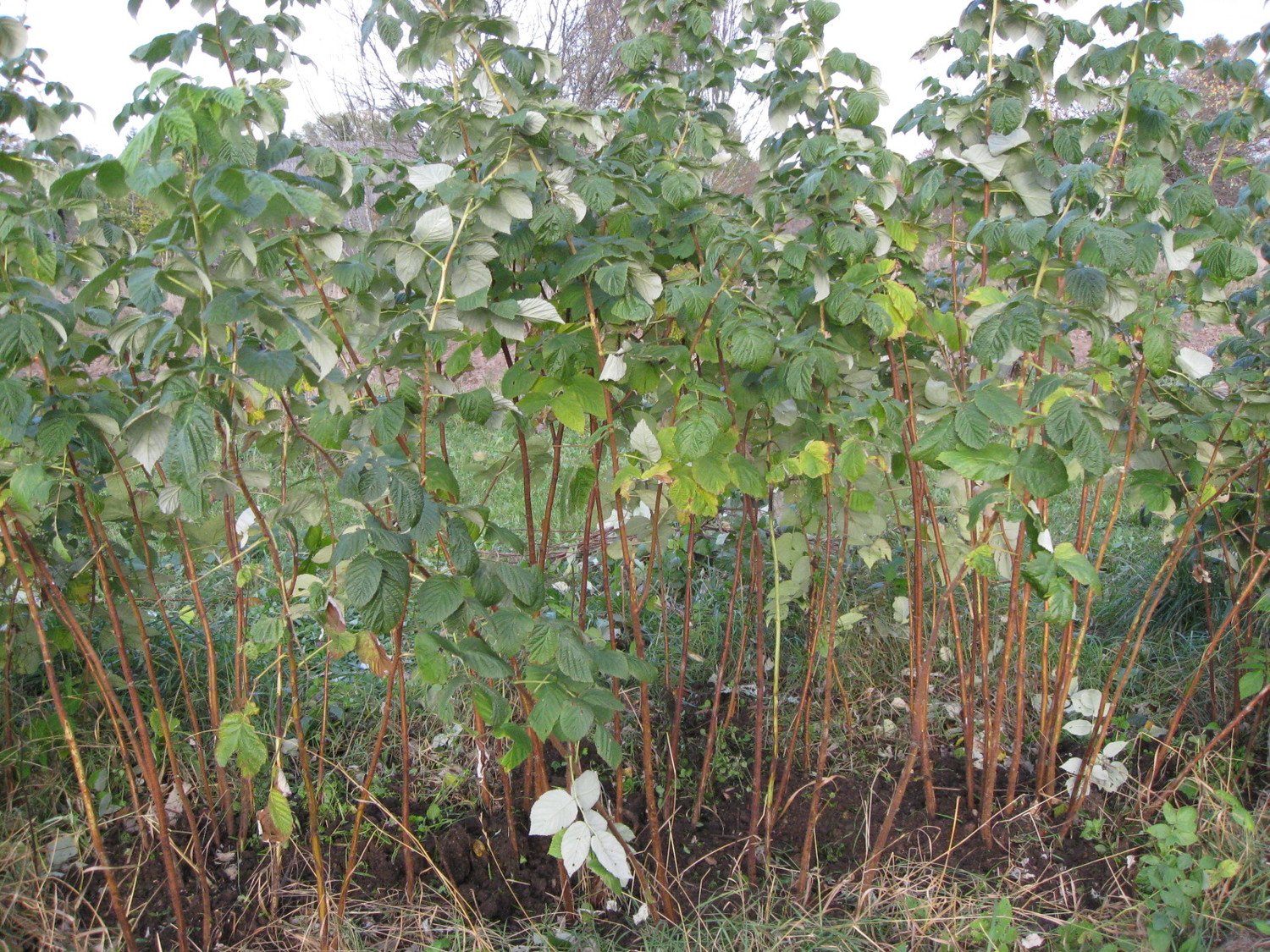
Raspberry Diseases
If raspberry care and crop rotation guidelines are not followed, and protective measures and preventive actions are not taken in time, raspberries can become diseased. They are prone to typical diseases such as gray mold, raspberry rust, scorch, and yellow rust.
Botrytis Gray Mold initially appears as brown spots on the berries. Later, grayish mold covers the affected areas. The berries begin to rot or mummify. This disease can develop due to prolonged rainy weather, wind, and lack of sunlight. Berries with wounds may infect healthy ones. The pathogen can also hide and overwinter near raspberries, in last year's leaves on the ground.
To prevent raspberry scorch, it is necessary to prevent the pathogen from multiplying in the layer of autumn leaves, remove infected canes, and protect raspberries from waterlogging. The disease can be identified by red spots on the canes and the leaves developing grayish spots.
Raspberry rust appears as pinkish-dark spots on the leaves and canes, which then dry out. The disease is caused by excessive moisture and rain. The pathogen overwinters in the soil and on fallen leaves. For prevention, fungicides are sprayed on the leaves before the buds break.
Raspberry yellow rust causes the leaves and canes to turn yellow and dry out. The leaves become covered with brown spots in May- June. The pathogens are responsible, having successfully overwintered in the layer of old leaves, along with a cold, rainy summer and a raspberry bush that has not been thinned properly. The seedling itself could also have been infected.
The symptoms of yellow rust are yellowed leaves.
Raspberry Pests
Raspberries in gardens suffer from aphids, raspberry beetles, flower weevils, cockchafer larvae, and raspberry root borers, which usually overwinter in the soil or the layer of last year's leaves near the raspberries.
Raspberry beetles overwinter in the unplowed soil near raspberries. They thrive in dense, unthinned bushes. Raspberry beetles drain the flowers and buds, causing the berries to develop an unusually bitter taste or rot.
The flower weevil damages the leaves and flowers, thereby harming the crop. This pest can come from wild strawberries and cultivated strawberries growing too close to raspberries or from last year's leaves and soil where it overwintered.
As a result of the raspberry root borer's activity, the canes of the bush dry out, and the yield significantly decreases. For prevention, insecticides are needed to spray the raspberry canes.
The raspberry bud moth thrives in densely growing or neglected raspberry bushes. The larvae of this pest burrow into the buds and feed on them from the inside.
The spider mite is a harmful pest for raspberries. It feeds on the undersides of the leaves, causing them to become speckled, turn yellow, and eventually dry out. This damage can lead to reduced photosynthesis, weakening the plant and lowering yields. Severe infestations may result in the leaves curling and falling off prematurely.
Raspberry aphids spread during hot and dry weather and breed in the bark of canes and branches. The aphids drain the leaves and flowers, preventing the bush from fruiting.
Cockchafers spread during warm weather, and their larvae feed on the roots of raspberry plants. This weakens the plant, reduces its growth, and can lead to poor yields. The damage can be severe enough to cause the plants to die if infestations are not controlled.
Raspberry Varieties
Raspberry varieties are classified into remontant and summer-bearing types. Remontant raspberries are special because they fruit both in summer and autumn – twice in one season- unlike summer-bearing raspberries, whose yield is harvested only in the summer.
To grow raspberries with ease and enjoy their fruit, hobbyist growers are advised to choose varieties that are resistant to raspberry diseases and other unfavorable environmental factors. Overall, the world of raspberry varieties is constantly evolving and renewing, with new trends emerging all the time.
The Black Raspberry Variety Bristol.
The Remontant Raspberry Variety Poranna Rosa.


